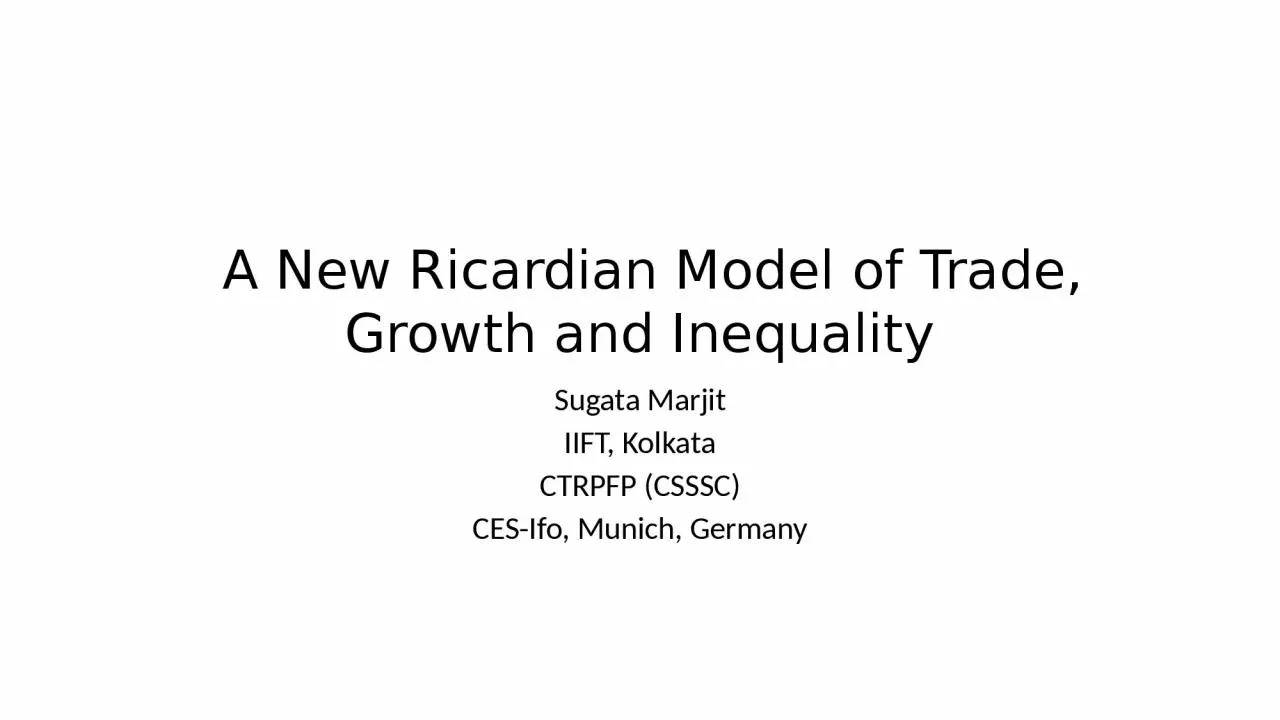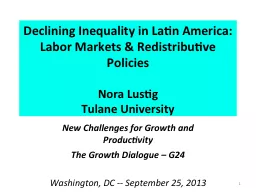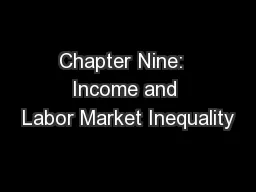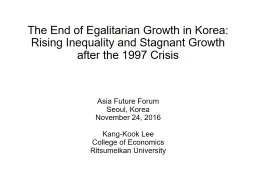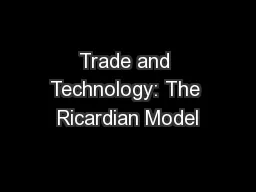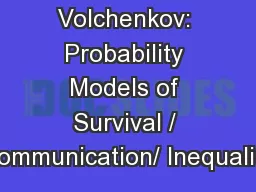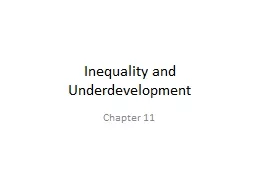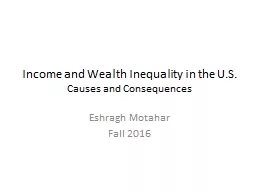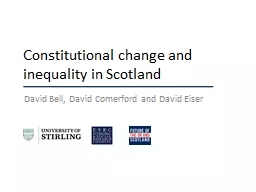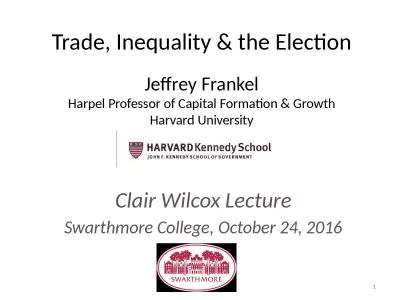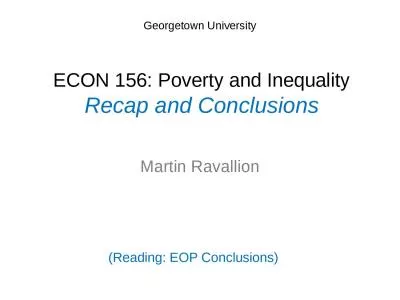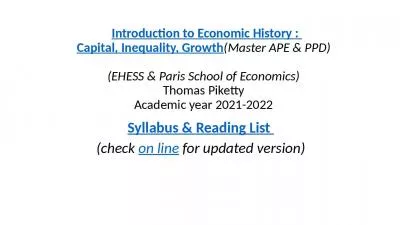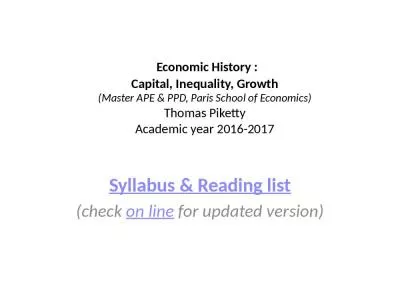PPT-A New Ricardian Model of Trade, Growth and Inequality
Author : edolie | Published Date : 2023-11-03
Sugata Marjit IIFT Kolkata CTRPFP CSSSC CES Ifo Munich Germany Motivation This is essentially a paper on History of Economic Thought highlighting the Classical
Presentation Embed Code
Download Presentation
Download Presentation The PPT/PDF document "A New Ricardian Model of Trade, Growth a..." is the property of its rightful owner. Permission is granted to download and print the materials on this website for personal, non-commercial use only, and to display it on your personal computer provided you do not modify the materials and that you retain all copyright notices contained in the materials. By downloading content from our website, you accept the terms of this agreement.
A New Ricardian Model of Trade, Growth and Inequality: Transcript
Download Rules Of Document
"A New Ricardian Model of Trade, Growth and Inequality"The content belongs to its owner. You may download and print it for personal use, without modification, and keep all copyright notices. By downloading, you agree to these terms.
Related Documents

